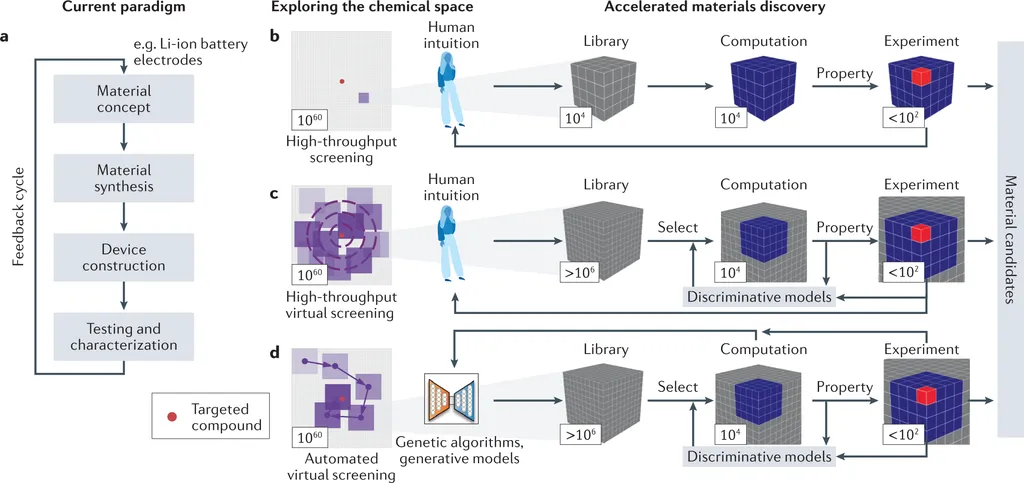In the quest for sustainable construction materials, researchers have turned to machine learning to predict the compressive strength of ultra-high-performance concrete (UHPC) containing supplementary cementitious materials (SCMs). A recent study led by Sadi Ibrahim Haruna from Prince Sultan University has developed a predictive model that could revolutionize the way engineers design concrete mixes, particularly in the energy sector where durability and sustainability are paramount.
The study, published in the *Journal of Asian Architecture and Building Engineering* (translated as the *Journal of Asian Architecture and Building Engineering*), focuses on the integration of SCMs such as fly ash, silica fume, and recycled concrete powder into UHPC. These materials are not only more sustainable but also introduce complexities that traditional mix design methods struggle to handle. “The variability and nonlinear interactions of these materials make it challenging to predict their performance accurately,” Haruna explains. “Our goal was to leverage machine learning to create a reliable predictive model that can handle these complexities.”
The research team employed three machine learning techniques: Support Vector Machines (SVM), Gaussian Process Regression (GPR), and Boosted Trees (BT). They optimized these models using Bayesian optimization to refine hyperparameters, enhancing both predictive accuracy and generalization. The dataset consisted of 101 experimental concrete mixtures, providing a robust foundation for the models.
The results were impressive. The optimized boosted tree model (OBT-M3) achieved the highest predictive accuracy, with an R-squared value of 0.92, a root mean square error (RMSE) of 0.0579, and a mean absolute error (MAE) of 0.0334. This model outperformed both baseline and alternative machine learning approaches, offering a powerful tool for practitioners.
“The optimized boosted tree model provides a data-driven approach to mix design, reducing the need for extensive laboratory testing and costly trial-and-error experiments,” Haruna notes. “This can significantly accelerate the development of sustainable concrete mixes, particularly in the energy sector where durability and performance are critical.”
The implications of this research are far-reaching. By providing a reliable predictive model, engineers can make more informed decisions about the use of SCMs, promoting sustainability without compromising performance. This could lead to more efficient and cost-effective construction practices, particularly in large-scale infrastructure projects.
As the energy sector continues to prioritize sustainability, the adoption of such predictive models could become a standard practice. “This research is a step towards a more sustainable future,” Haruna concludes. “It offers a practical tool that can help us achieve our sustainability goals while maintaining the high performance standards required in construction.”
The study not only advances the field of sustainable construction but also highlights the potential of machine learning in solving complex engineering challenges. As the industry continues to evolve, the integration of data-driven approaches will likely play a crucial role in shaping the future of construction practices.

